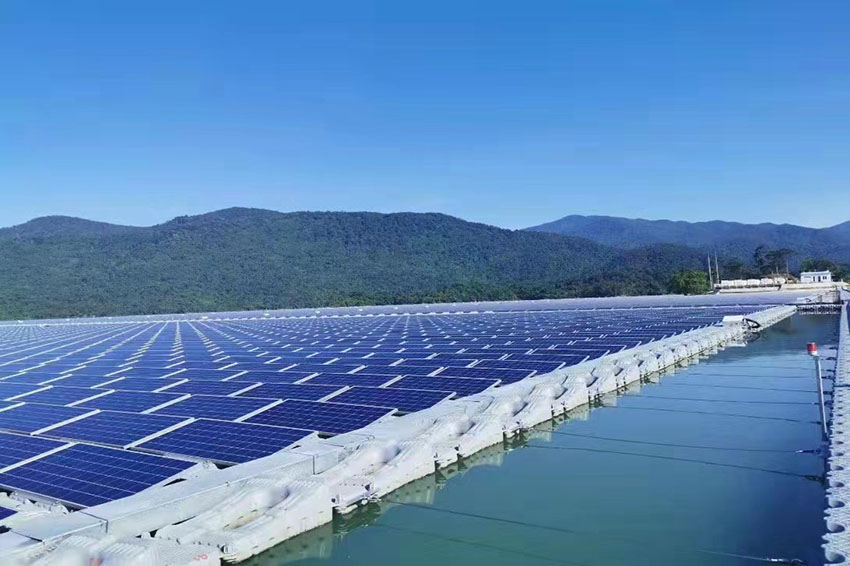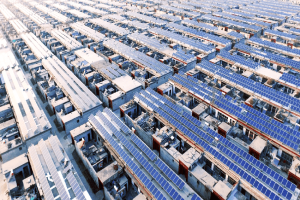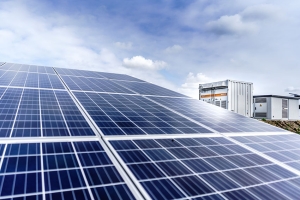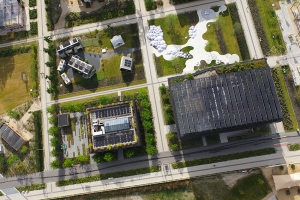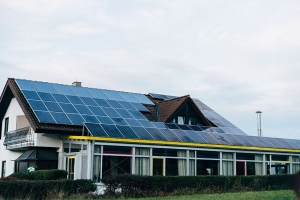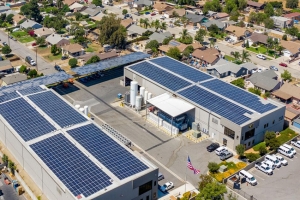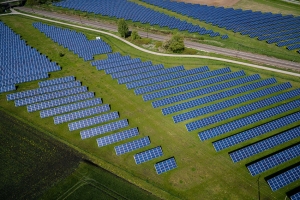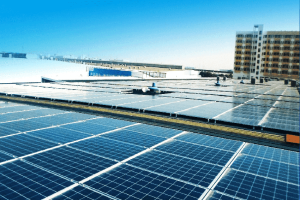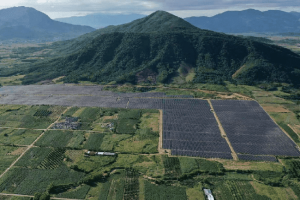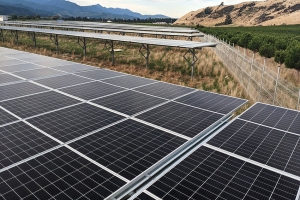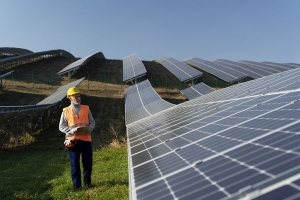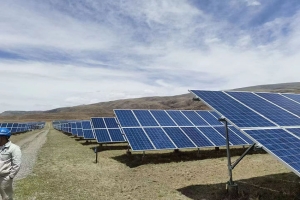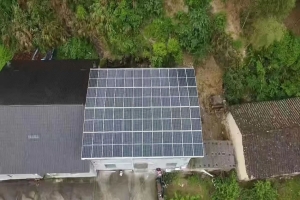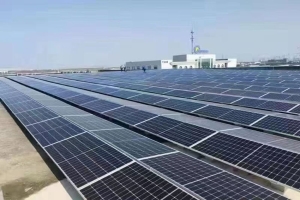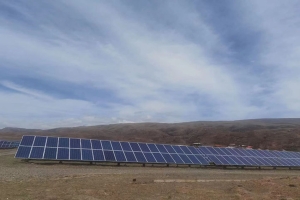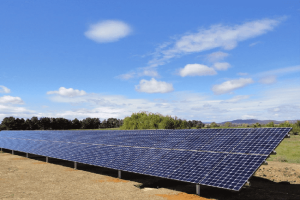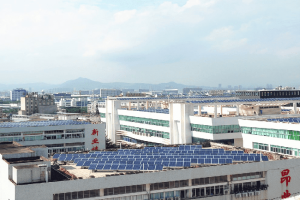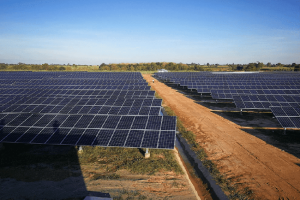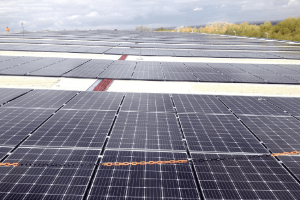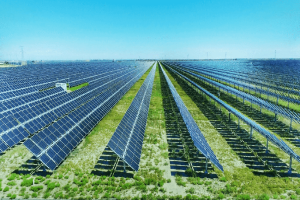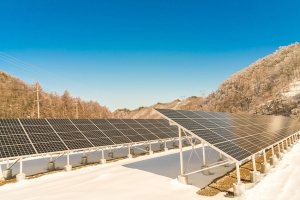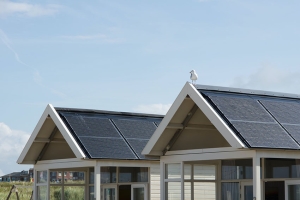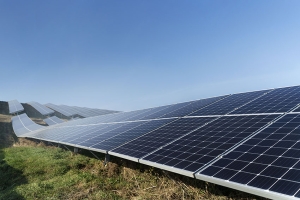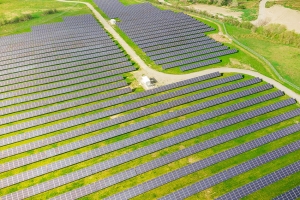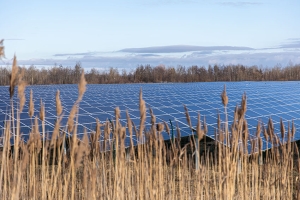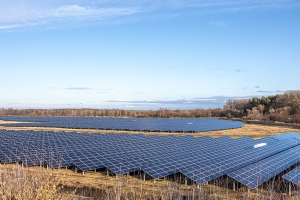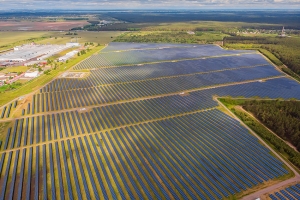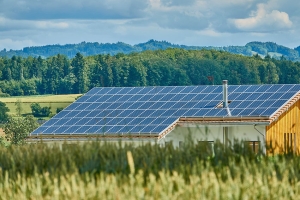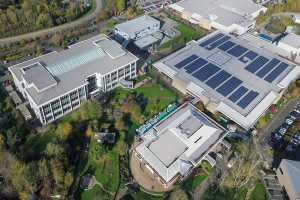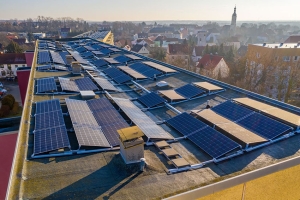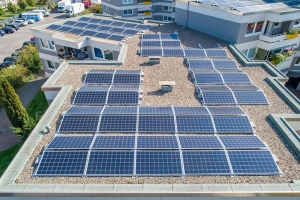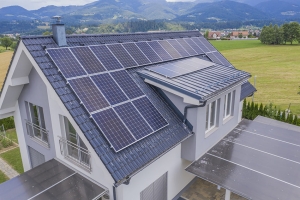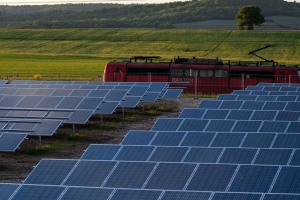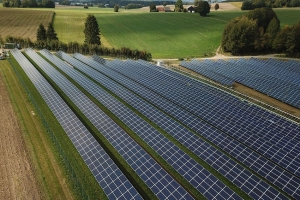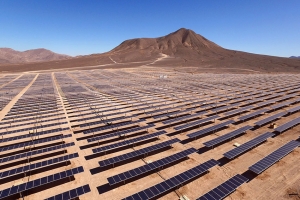Project Overview
project type
Water surface photovoltaic power station
project's venue
Tangyi Town, Dongchangfu, Liaocheng, Shandong
Project capacity
202MW
project area
4,475 acres
Average annual power generation
220 million kWh
product type
Hi-MO 5
Photovoltaic Power Station Project 202MW
Located in Shandong province in the east of China, the Liaocheng 202 MW solar power station is built on a water reservoir. This helps to mitigate the impact of land use and reduce the amount of water that is lost to evaporation.
The floating solar panels are installed on the reservoir, and the power cables are installed on the seabed. This poses a challenge in terms of corrosion protection of cables. To overcome this, the station adopted a new anti-corrosion technology by using EPR cable sheath material. This is the first time that such technology has been used in China, and this breakthrough helped to reduce the risk of cable failure and increased the life span of the station.
Another technological highlight is the dual-axis tracking system. The system allows the solar panels to move based on the sun's position, enabling the panels to capture the maximum sunlight and increase the energy output by 20% compared to fixed solar panels. This technology is more efficient, especially in the morning and evening, when the angle of the sun is low.
The station also uses a cloud monitoring system, which employs satellite data to track cloud movements, and adjust the rotation of the solar panels accordingly. This technology helps to optimize the energy output and respond in real-time to cloud movements, increasing the energy efficiency of the station.
